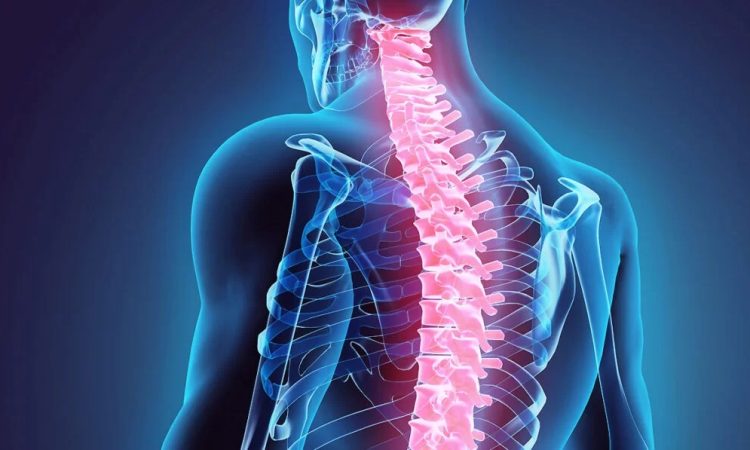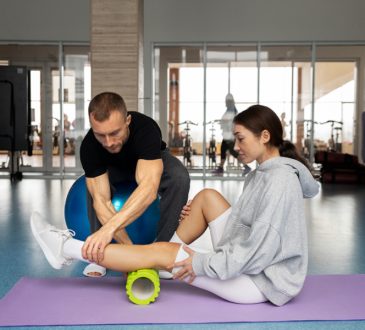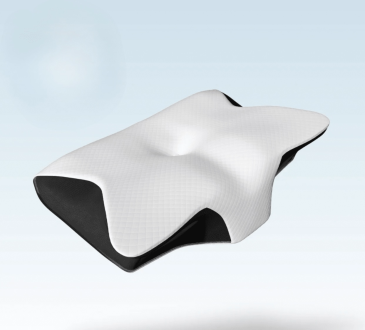
As we age, our bodies undergo a series of natural transformations—and the spine is no exception. This intricate structure, made up of bones, discs, muscles, and ligaments, is essential for mobility, balance, and shielding the spinal cord. Over time, factors like genetics, habitual movements, posture, and the accumulated effects of daily life can influence the spine’s strength and flexibility. Gaining insight into how aging affects spinal health can help us take informed, proactive steps to stay mobile and reduce discomfort.
The spine is divided into three main segments: the cervical spine (neck), thoracic spine (upper back), and lumbar spine (lower back). With the passage of time, each section can experience subtle yet impactful changes. The vertebrae—the small bones that stack to form the spine—can lose density, becoming more fragile and prone to fractures, particularly in those with conditions like osteoporosis. Meanwhile, the intervertebral discs that separate and cushion these bones tend to dry out and shrink, diminishing their ability to absorb impact. This can lead to a reduction in height, increased stiffness, and limited range of motion. In some cases, the compressed discs may press on spinal nerves, potentially triggering symptoms like sciatica, where pain radiates into the leg.
Alongside changes in the bones and discs, the muscles and ligaments that stabilize the spine also adapt with age. After our early 30s, muscle mass begins a slow but steady decline, making it harder to maintain proper posture and increasing the load on spinal structures. Ligaments may lose flexibility, making them more vulnerable to strain or injury and contributing to postural imbalances. A common example of this is kyphosis—an excessive forward rounding of the upper back.
Daily routines and long-term lifestyle choices greatly influence how the spine ages. Maintaining a healthy body weight eases pressure on the lower back, while regular physical activity—especially exercises that emphasize strength, flexibility, and balance—helps preserve muscle tone and coordination. Smoking, a known risk factor, accelerates disc deterioration and contributes to bone loss, worsening spinal health outcomes.
To support spinal wellness, practices like yoga, Pilates, and physical therapy offer significant benefits by improving posture, core stability, and flexibility. Learning to move with awareness—whether you’re standing, sitting, or lifting—can also prevent unnecessary strain. Even small actions, like choosing ergonomic chairs or adjusting your workstation, can play a big role in supporting spinal alignment and reducing the chances of developing chronic pain.
Making conscious, supportive choices as you age can help you stay active, minimize discomfort, and enjoy greater physical ease in daily life. Simple adjustments and consistent habits can lead to lasting improvements in spinal health. For expert advice and deeper insights into maintaining a resilient spine, explore the resource provided below.
Content provided by Buffalo Chiropractic & Physical Therapy





